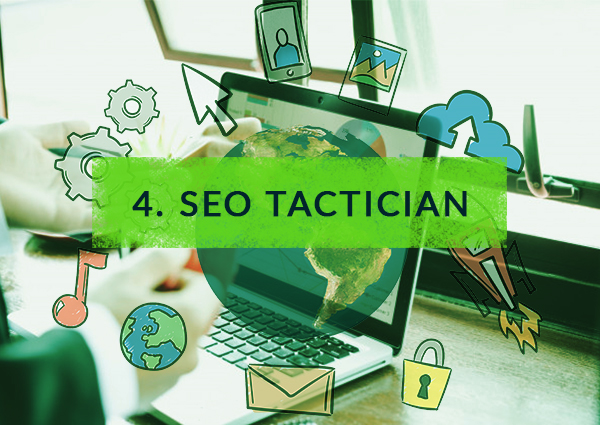The Only 5 Roles Your SEO Team Needs
In the following, we will be discussing an important topic that is “The Only 5 Roles Your SEO Team Needs” and will discuss it in detail within the article. Because every company is different, every team’s SEO needs are going to be different. Unfortunately, there’s no single team structure that’s going to work for every business.
So rather than tell you “You should hire an SEO strategist,” I want to start with the core competencies that every SEO team must have — and I want to encourage you to think about your team in terms of making sure that these roles are covered, rather than hiring for specific job titles.
1. SEO Team Lead

Your team’s SEO lead is its head honcho. Basically, your lead has the ultimate responsibility for setting the course of their department’s work. As with all leadership roles, it’s a double-edged sword. With great power comes great responsibility! If the program is successful, the SEO (Search Engine Optimization) lead gets primary credit for the win. However, if it fails, that failure sits squarely on that person’s shoulders.
Choosing someone with project management and leadership experience is more important than appointing a lead with deep technical experience. This role requires a person who can move a project from strategy, manage execution, and troubleshoot along the way. They also need to be a people person and know how to delegate.
2. Data Analyst

In addition to a team lead, you need a numbers person. Essentially, this is the role that monitors the impact of your SEO activities. Are your rankings improving for target keywords? Is your overall organic search visibility improving, in terms of the total number of keywords for which you’re ranking? You won’t know if someone isn’t keeping an eye on your KPIs.
A good data analyst won’t just be able to tell you how the program is doing overall. They’ll be able to drill down to measure the performance of specific SEO tactics, often by using sophisticated analytics programs to better understand individual strategies.
3. Strategist

Next up is the strategist role. It is the responsibility of the strategist to be constantly monitoring changes happening in the industry in order to recommend new tactics to the SEO lead. For example, if the strategist learns of an algorithm update, they might watch to see how others in their space are handling it before making an informed suggestion to the team’s leader.
Ideally, the strategist is able to access and interpret data produced by the team’s data analyst to advise on changes that should be made. If a tactic they expected to produce results is falling flat, they may suggest to the SEO lead that they stop working on it in order to shift resources elsewhere (though the final decision on whether or not to make the move still lies with the program’s lead).
4. SEO Tactician

Tacticians are your boots-on-the-ground SEO workers. Say, for example, you’ve decided to run a broken link-building campaign. The SEO lead may authorize the program, the data analyst may suggest target websites, and the strategist may decide how and when sites should be contacted as part of the campaign. But it’s the SEO tactician who’s actually out there, emailing websites to ask them to update their broken links with a suggested resource.
Depending on how large your team is and what your primary SEO strategies are, you might have tacticians who specialize in different SEO plays, such as link building versus content creation. Regardless of how you build your program, SEO can’t just be theory. It has to be something that you’re executing on a regular basis. The tactician role is the key to moving from theory to practice to take advantage of the full benefits of SEO.
5. Account-Based Content Marketer

This might be the most critical role. It’s often neglected or to say overthought. The account-based content marketer crafts content around specific accounts that suit your ideal client profile. They (or the VA) then promote this content to relevant audiences, as well as directly to the contacts at the account you’re targeting.

